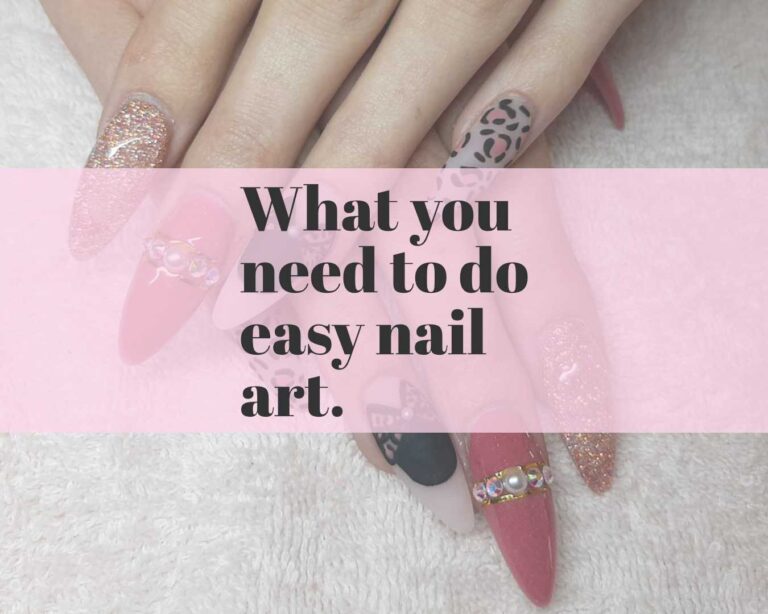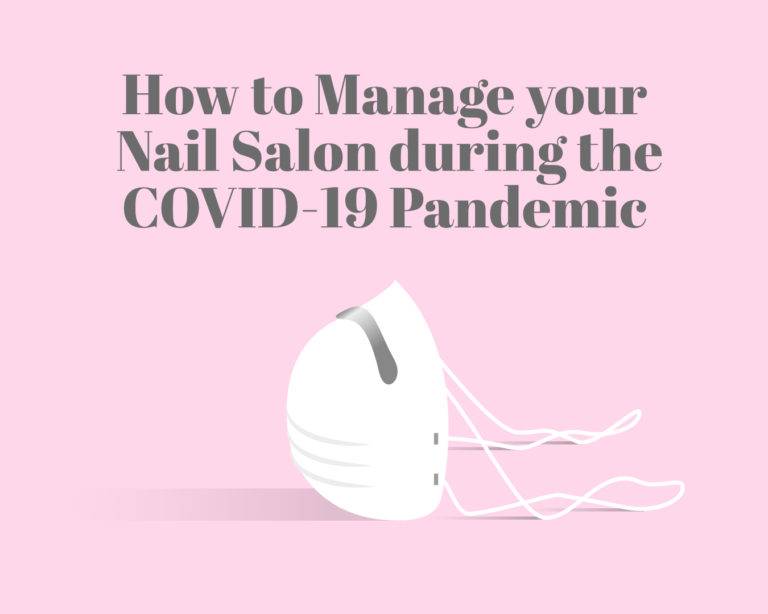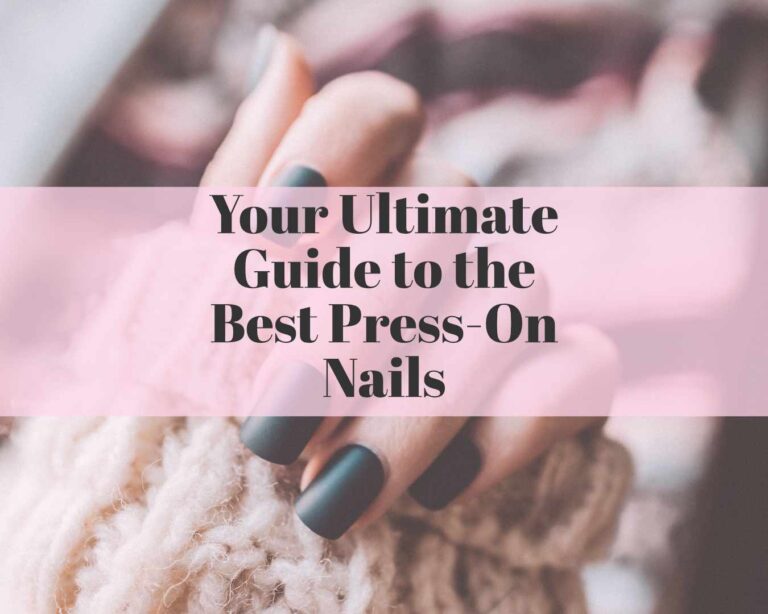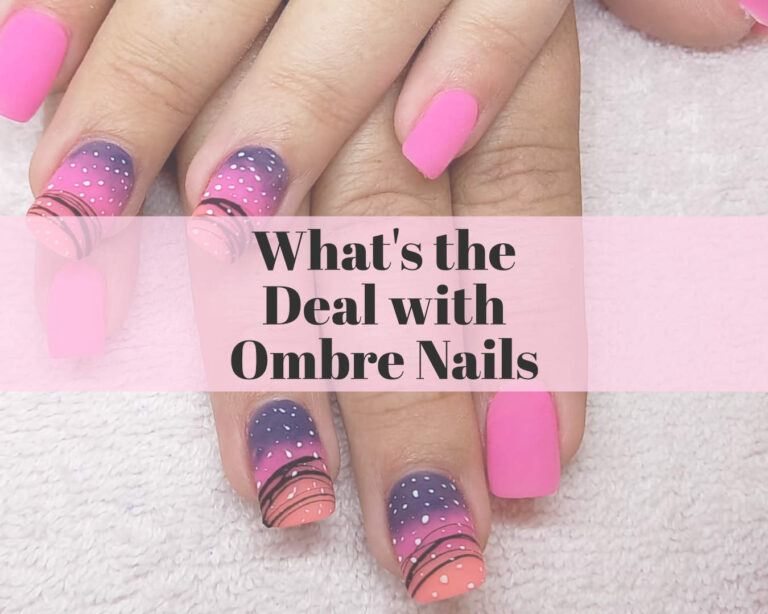
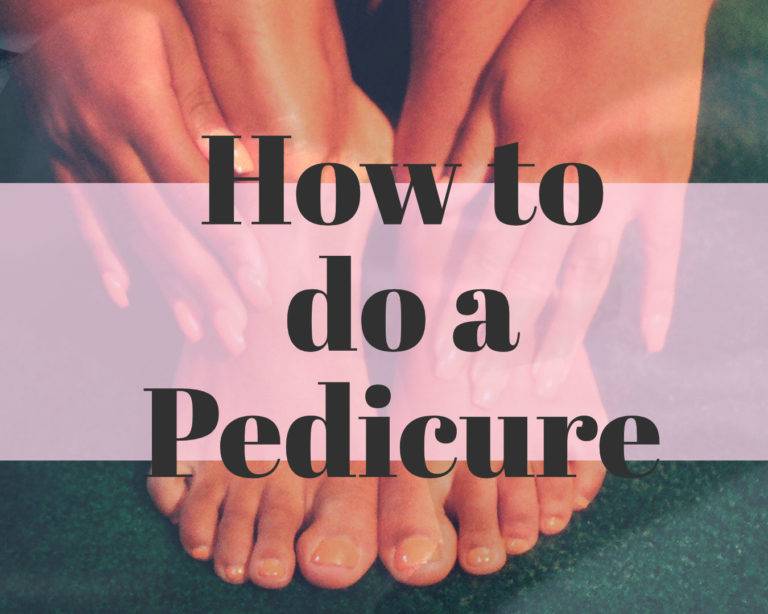
Easy and Comprehensive guide on How to do a pedicure
This page contains affiliate links. If you want to buy an item please consider using my links at no extra cost to you.
Knowing how to properly do a pedicure is a great skill for any nail technician to have. It is highly recommended to be able to provide more than one service in the nail industry.
Manicures and pedicures often go hand-in-hand; therefore you run the risk of losing potential customers and money if you don’t offer this service. This article covers the in-depth steps of giving a pedicure. An easy comprehensive guide on how to do a pedicure.

Equipment
The equipment needed but not limited to, for doing a pedicure is:
- Foot spa
- At least two towels per client
- Sidewall cleaner and cuticle pusher
- Cuticle nipper
- Toenail clippers
- Diamond cuticle bit
- E-file
- LED lamp
- Sanding bands (medium grit) – one per client
- Nail files – one per client
- Foot soak
- Foot scrub
- Foot file
- Foot cream
- Cuticle remover
- Callus remover
- Dusting brush
- Lint-free wipes
- Nail dehydrator (I use to bond it which is specifically used with the gel)
- Base gel
- Colour gel
- Gel top coat
- Cuticle oil
- Sanitizer

Awesome cordless drill from melodysusie with a aluminum body that allows higher heat distribution for longer use. This drill is perfect for personal and home use. Its small body allows for easy storage and it being cordless makes it easy to use. Check the price on melodysusie they usually have great discounts up to 30%.
Step 1
- Make sure that your foot spa is sterile. It should be cleaned after each client. Add comfortably warm water and add about two teaspoons of foot soak to the water. Put a large towel underneath your client’s feet and place the foot spa on top. Make sure to ask your clients if the water is at the right temperature. The foot soak will neutralize any odour causing bacteria on the feet. It will also cause the dead skin on your client’s feet to soften which will help you to remove it without potentially hurting your client. The soak will also clean your client’s feet while they are soaking in the foot spa. I usually use a mint foot soak which smells great and leaves your client’s feel feeling fresh and relaxed.
Step 2
- Place a towel on your legs and one-by-one, take your client’s feet and carefully dry them. Use your sidewall cleaner and cuticle pusher to remove any dead skin from the nails, and carefully remove any debris that might be trapped under the nails. While doing this check your client’s toenails for any ingrown nails, funguses or any other disorders. If there is nothing seriously wrong you can proceed with the pedicure. Nail funguses are very common on the toenails. Mostly it is mild and easily treatable. In such a case ensure you properly thin out any thickened nails (caused by certain funguses), clean any skin build-up under the nail, and advise your client on the right treatment to pursue the specific disorder. If it is something serious you have to advise your client to a doctor. See this article for in-depth descriptions of nail diseases and disorders.
- If your client has heavily callused feet, add some callus remover to the affected areas and cover the feet with an extra towel.
step 3
- If the skin is heavily impacted underneath or on the nail, use cuticle remover to help it soften the dead skin easier. Switch between the two feels, and allow heavily impacted toenails to soak for extra time if needed. Shorten the toenails by using toenail clippers or cuticle nippers. If there are any ingrown toenails carefully insert your cuticle nippers at a safe angle and remove the piece of nail that is growing into the skin. NOTE: only do this if you know-how. You can seriously injure your client if you don’t remove the ingrown nail properly. This should only be attempted with mild cases. Extreme cases should be referred to a podiatrist.
Step 4
- Once the feet have had time to soak up the callus remover, rub off the excess and go in with your foot file. Be careful not to over file. It is important to educate your client on how to treat callused feet at home. The cracks in the feet have to be kept clean for them to heal properly. With that, your client also has to use a foot cream specially made for the treatment of calluses. Note that the file can only be used on one client. If you use a stainless steel reusable foot file it has to be properly sterilized in-between clients to prevent the transmission of harmful diseases.
Step 5
- Use your foot scrub to gently rub off any excess dead skin on your client’s feet. Don’t rub too hard as you don’t want to cause your client any discomfort. Once done put your client’s feet back in the foot spa and properly rinse off all of the scrubs.
step 6
- Shape and file the toenails by using a clean nail file that you just use on that client. If there is fungus present on the nails the file should be discarded after the appointment. If you have a reusable stainless steel file, it should always be properly sterilized after each client, as with all of your reusable stainless steel equipment pieces.
step 7
- Clean the cuticle and sidewall areas of the nail by using your e-file and cuticle but. Make sure that there is no dead skin left on the nail plate. Then using your sanding bands put your e-file on the slowest setting and remove the shine from the toenails. Clear the dust by using a sanitiser and a dusting brush, then go over with a lint-free wipe covered with a sanitiser.
Step 8
- Dehydrate the nails using your product of choice (I use Bond it). When it’s dry add your base coat and cure it properly in your LED lamp. Be sure to steer clear of the sidewalls and cuticle area as touching it with the product will cause lifting to occur.
Step 9
- Don’t wipe off the sticky layer of the base coat before adding your colour. Using your gel polish add thin coats to the nails. Cure it in between layers and add as many as is necessary to create the correct opacity. Note that using too thick layers will cause the gel to bubble because it won’t cure thoroughly. You can also add any nail art or added accessories to the nail if you wish to do so.
Step 10
- Add your topcoat and properly cure in the LED lamp. I make use of a no-wipe top coat. If you don’t then just wipe the sticky layer by using some gel residue wipe off solution.
Step 11
- Feel the toenails for any sharp edges and file them down where necessary.
- Once you and your client are happy with the toenails rub some cuticle oil onto the toenails and use foot cream to massage your client’s feet.
Step 12
- Advice for the treatment of calluses, bunions and corns should be given at this time. If your client has toenails growing upwards it is usually due to tightly fitted shoes. Like this, any problems should be assessed and you should give your client the proper advice. Whether it is for home-treatment or a referral to a podiatrist.
Step 13
- After your client has left you should properly clean and disinfect your work area. Towels have to be properly washed and dried and tools should be cleaned. I take the foot spa and throw out the dirty water. I then add some thick bleach and add water to let it stand for a couple of hours. The reusable tools I put in a container and add some thick bleach. I then add boiling water and let it cool. After which I let my tools dry completely and properly before putting them away.

